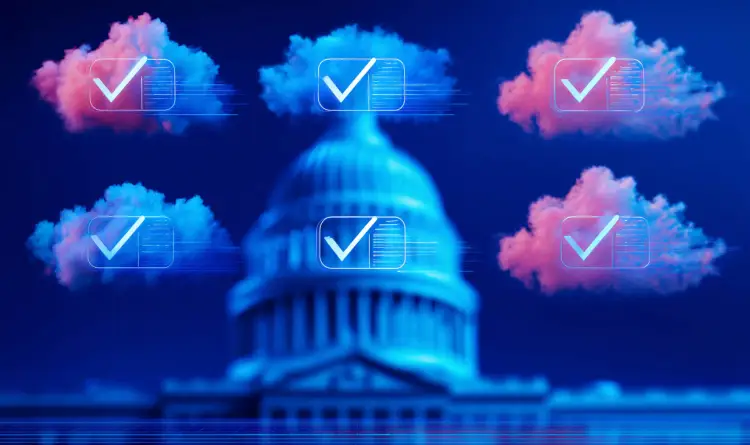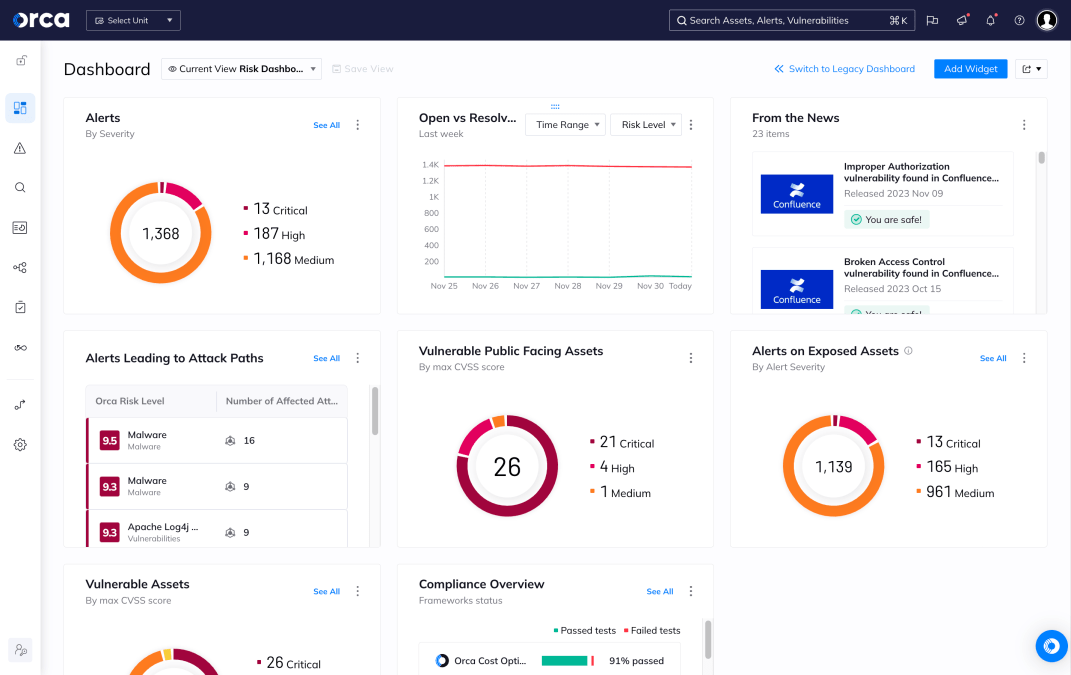The Federal Risk and Authorization Management Program (FedRAMP) is a U.S. government-wide program that standardizes the security assessment, authorization, and continuous monitoring of cloud products and services. Its goal is to ensure that federal agencies can securely adopt cloud technologies while protecting sensitive government data.
FedRAMP provides a common set of requirements for cloud service providers (CSPs), enabling agencies to leverage secure cloud solutions without having to individually assess each provider’s security posture. This not only streamlines procurement but also improves trust and compliance across the federal sector.
What is FedRAMP?
At its core, FedRAMP is a framework designed to ensure cloud services meet strict security requirements before being used by federal agencies. It is based on National Institute of Standards and Technology (NIST) standards and includes baseline controls covering areas such as access control, incident response, and data encryption.
Cloud service providers that want to do business with federal agencies must go through a rigorous assessment and authorization process, typically involving either:
- Agency Authorization to Operate (ATO): A specific federal agency sponsors the cloud service and, after reviewing its security package, grants an Authorization to Operate. This means that particular agency has formally approved the cloud service for use within its environment. Once granted, the ATO can be reused by other agencies, reducing duplication of effort.
- Provisional Authorization to Operate (P-ATO): Granted by the Joint Authorization Board (JAB), comprising the Department of Defense (DoD), Department of Homeland Security (DHS), and the General Services Administration (GSA). A P-ATO demonstrates that the cloud service has undergone a rigorous security review at the highest federal level. While “provisional,” it serves as a widely trusted baseline that agencies can leverage when granting their own ATOs.
FedRAMP has three impact levels—Low, Moderate, and High—corresponding to the sensitivity of the data being processed. For example, FedRAMP High applies to services handling the government’s most sensitive unclassified data, including health and financial records.
Why FedRAMP matters
FedRAMP plays a critical role in enabling secure digital transformation in the U.S. federal government:
- Security assurance: Provides confidence that cloud solutions meet stringent federal security standards.
- Efficiency: Eliminates redundant security assessments across agencies, saving time and cost.
- Compliance: Helps agencies meet legal and regulatory obligations around data protection.
- Trust: Builds confidence among federal stakeholders that data and workloads are protected in the cloud.
For cloud providers, earning FedRAMP authorization is a significant achievement, signaling to both government and commercial customers that their security practices meet the highest standards.
How FedRAMP works
The FedRAMP process includes several steps:
- Preparation: Cloud provider develops security documentation, including a System Security Plan (SSP).
- Assessment: An accredited Third-Party Assessment Organization (3PAO) conducts a security assessment.
- Authorization: Either an agency or the JAB reviews and grants authorization.
- Continuous monitoring: Providers must conduct ongoing vulnerability scanning, reporting, and remediation to maintain their status.
This rigorous lifecycle ensures that security isn’t a one-time checkbox but an ongoing commitment.
Key challenges with FedRAMP
While FedRAMP provides a trusted standard, organizations face challenges in achieving and maintaining authorization:
- Lengthy timelines: The process can take months or even years depending on scope.
- Resource intensive: Requires significant technical and compliance expertise.
- Continuous monitoring: Demands ongoing investments in security operations, documentation, and audits.
- Evolving requirements: CSPs must adapt as NIST standards and FedRAMP controls are updated.
These challenges make it critical for providers to integrate strong, scalable security practices into their platforms from the outset.
Best practices for achieving FedRAMP compliance
Organizations seeking FedRAMP authorization can improve their success by:
- Aligning early with NIST 800-53 controls: Design systems with compliance in mind from day one.
- Leveraging automation: Automate vulnerability scanning, logging, and reporting to ease continuous monitoring.
- Engaging a 3PAO early: Early assessment helps identify gaps before formal review.
- Establishing strong documentation processes: Detailed and accurate documentation is crucial for authorization.
- Building a compliance culture: Security and compliance must be embedded into daily operations, not treated as one-time tasks.
How Orca Security helps
Orca Security is proud to be FedRAMP Authorized at the Moderate Impact Level for its cloud security platform, enabling federal agencies to confidently protect their cloud environments. This authorization reflects Orca’s commitment to meeting the highest security standards and supporting the unique needs of government organizations.
With Orca, agencies can:
- Gain comprehensive visibility across AWS, Azure, Google Cloud, Oracle Cloud, and Kubernetes environments.
- Detect and prioritize risks, including misconfigurations, vulnerabilities, malware, exposed secrets, and more.
- Choose from multiple fast, scalable deployment options for privacy needs with minimal operational overhead.
- Leverage multi-cloud compliance monitoring and reporting with +185 built-in regulatory and industry frameworks, including FedRAMP.
By achieving FedRAMP authorization, Orca demonstrates that its platform is not only secure enough for commercial enterprises but also trusted for protecting sensitive U.S. government workloads.



